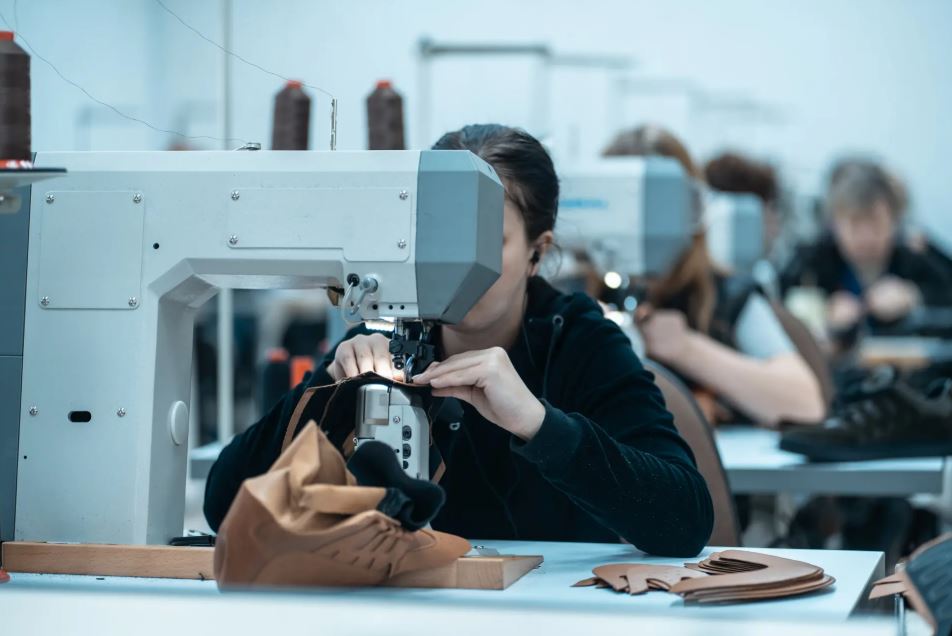Is Indonesia Ready to Open Footwear Imports? Challenges & Strategies for Local Industry
The Indonesian Footwear Industry at a Crossroads
Indonesia’s footwear sector is at a critical juncture. On one hand, domestic growth and investment remain positive. On the other, declining exports and China’s global market dominance raise an important question:
Is Indonesia ready to open footwear imports from China?
And if so, how can local players remain competitive?
This article explores the facts, challenges, and proactive strategies local businesses need to prepare for in case import policies are loosened or liberalized.
1. Snapshot of Indonesia’s Footwear Industry
According to CRIF Asia (2024):
-
Industry growth is projected at 3.09% in 2024 compared to the previous year.
-
Domestic investment reached IDR 1.1 trillion, and foreign investment stood at USD 574.3 million (Jan–Sept 2023).
-
Domestic market value is expected to hit USD 5.49 billion in 2024 with an annual growth rate of 5.5%.
-
However, exports have dropped significantly — especially in sports shoes, which declined by 25.78%.
Despite export setbacks, Indonesia’s domestic market offers huge potential.
With a population of over 282 million and a rising urban lifestyle, domestic footwear consumption could become a new growth engine.
2. China’s Dominance in Footwear: The Core Challenge
China remains the largest global producer and exporter of footwear, contributing over 60% of global output.
In 2024, China exported 9.2 billion pairs, despite a 7% drop in value due to pricing pressure.
Key advantages of China’s dominance:
-
High efficiency via automation and economies of scale.
-
Highly competitive prices, attractive to developing markets.
-
Export market diversification that helps absorb shocks from specific regions.
If Indonesia opens up without support strategies, local players risk being overwhelmed by cheaper, high-volume imports.
3. What Happens If Imports Are Liberalized?
Potential Benefits:
-
Cheaper consumer prices: Imported goods usually cost less.
-
More variety and product quality: Consumers gain access to more options.
-
Technology transfer: Local producers may adopt China’s modern production systems.
Major Risks:
-
Local SMEs could collapse, especially those with inefficient production.
-
Rising unemployment if domestic factories shut down.
-
Product quality oversight is essential to protect domestic standards and brand value.
4. Strategic Actions for Indonesia
To prepare for broader footwear imports, both government and industry must act:
a. Modernize Local Production
-
Encourage machinery investment and automation — especially for SMEs.
-
Expand and promote the Ministry of Industry’s machinery restructuring programs.
b. Focus on Niche Markets
-
Indonesia can champion eco-friendly, handmade, or local-material shoes that China doesn’t offer.
-
Local brands should leverage cultural values, quality, and sustainability as competitive strengths.
c. Diversify Export Markets
-
Overreliance on the US and EU is risky. Markets like the Middle East, Africa, and South Asia are promising.
-
Government trade diplomacy and promotion are vital.
d. Strengthen the Supply Chain Ecosystem
-
Efficient raw material access and logistics reduce costs.
-
Collaboration between large and small producers creates scale efficiencies.
e. Gradual Import Policy
-
Implement a phased approach such as:
-
Limited quotas on specific product types.
-
Progressive tariffs during transition.
-
Strict technical standards (SNI) to safeguard local quality.
-
5. Branding and Digitalization Are Key
Local players must level up by embracing:
-
Strong brand identity: Young Indonesians value brand stories and authenticity.
-
E-commerce & social media: Cost-effective channels for wider reach.
-
Transparency & storytelling: Brands emphasizing fair trade, local sourcing, or women’s empowerment gain traction.
Conclusion: Compete Smart, Not Fearfully
Opening imports isn’t a threat — if Indonesia is ready.
It can actually accelerate the transformation of the domestic footwear industry toward resilience and innovation.
But readiness isn’t about slogans — it’s about real policies and field-level preparation.
With a gradual approach, tech investment, and brand building, Indonesian footwear can not only survive, but thrive and lead — even globally.
Final Note
Are you a footwear industry player preparing for this policy shift? Or exploring supply chain partnerships?
📅 Schedule a free consultation with our team — let’s grow and adapt together.
